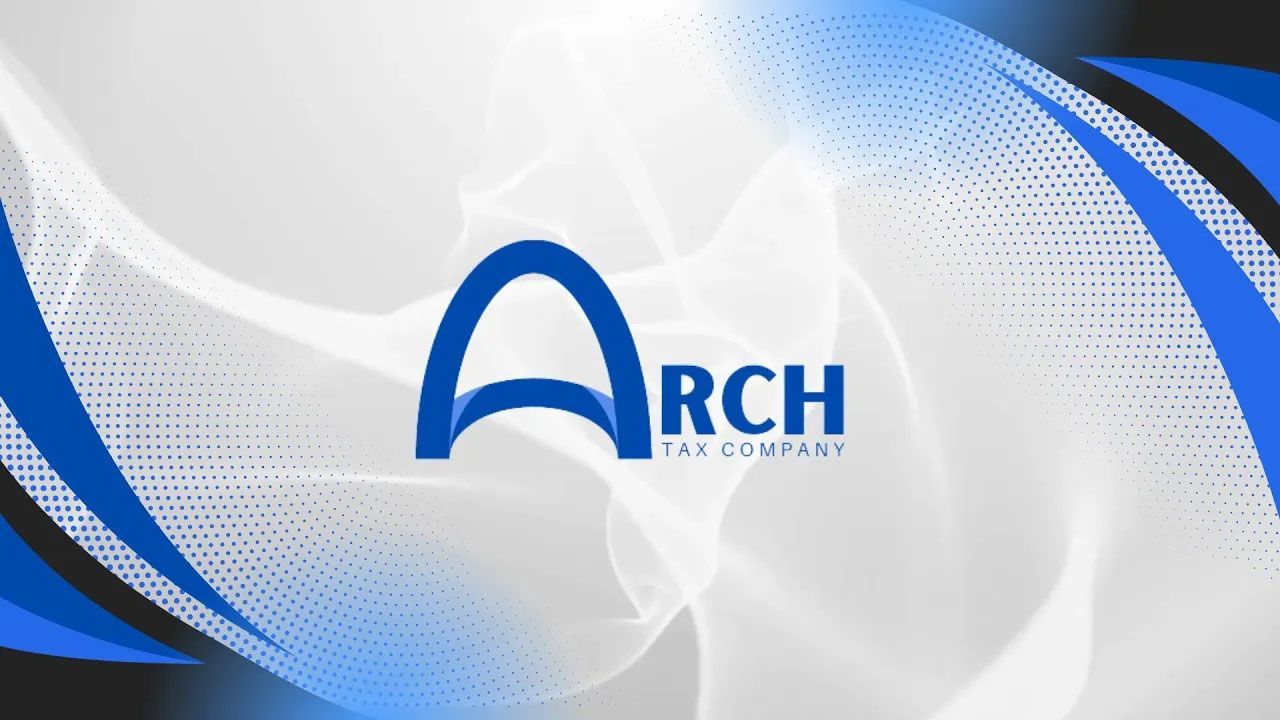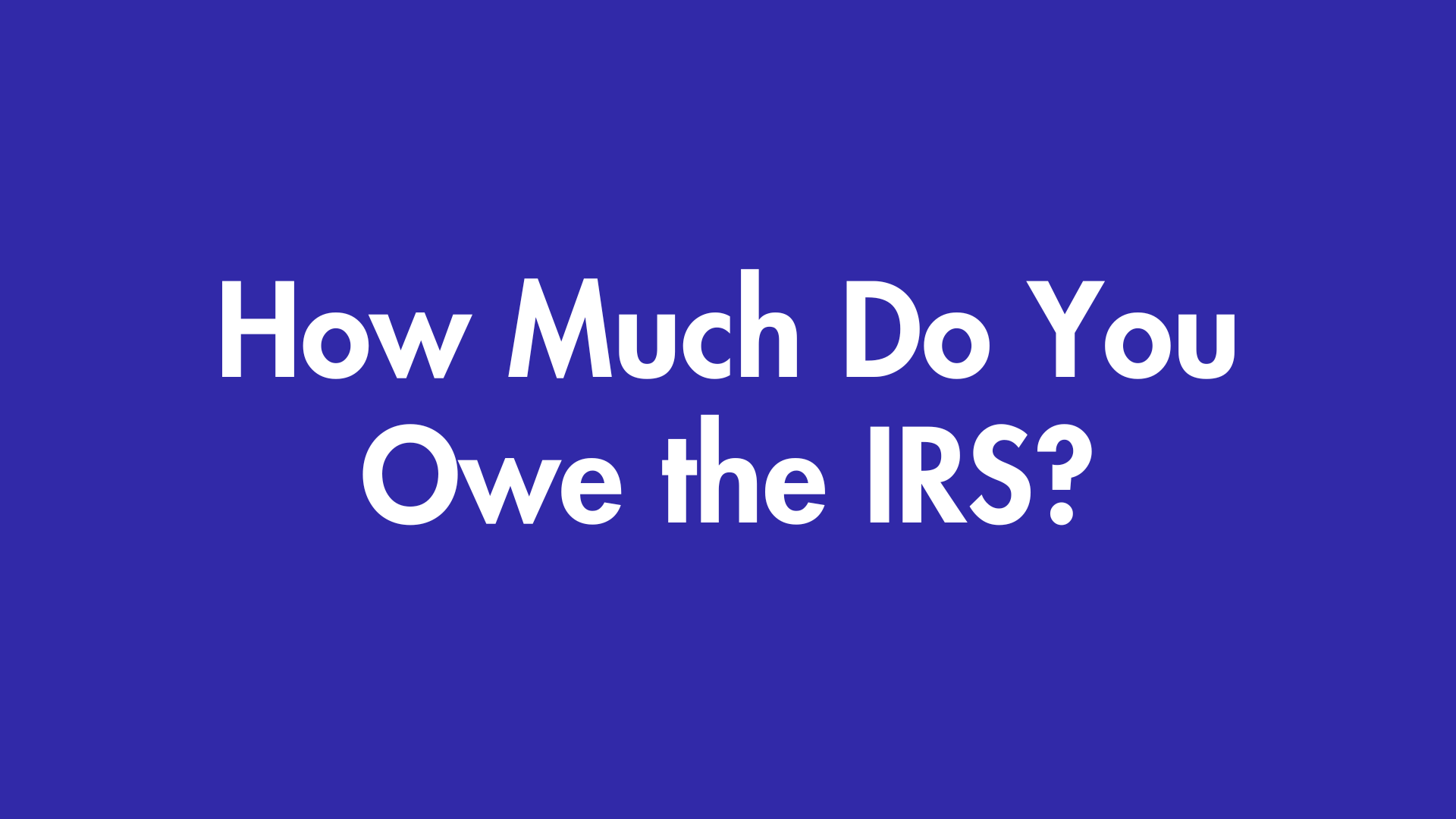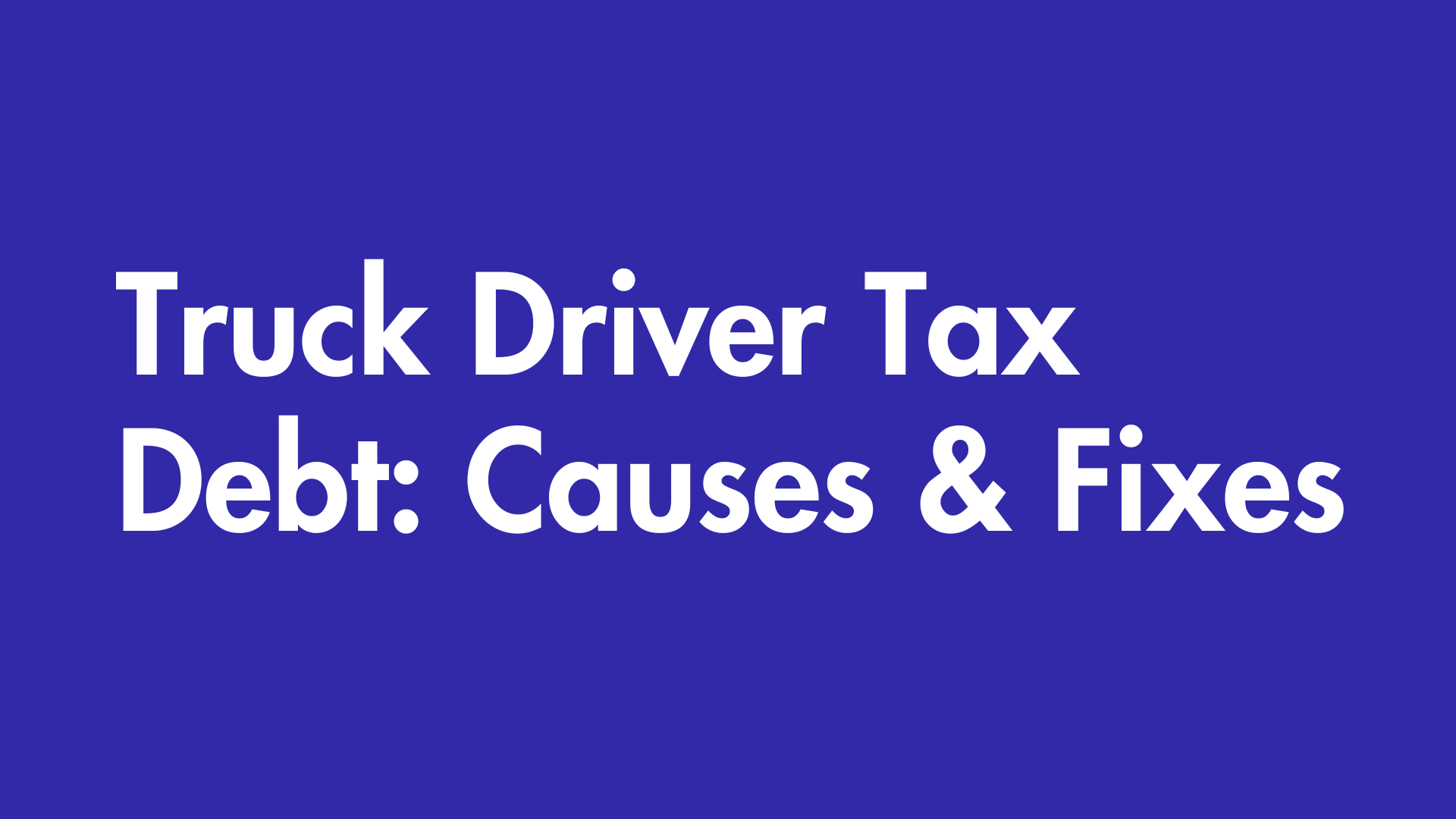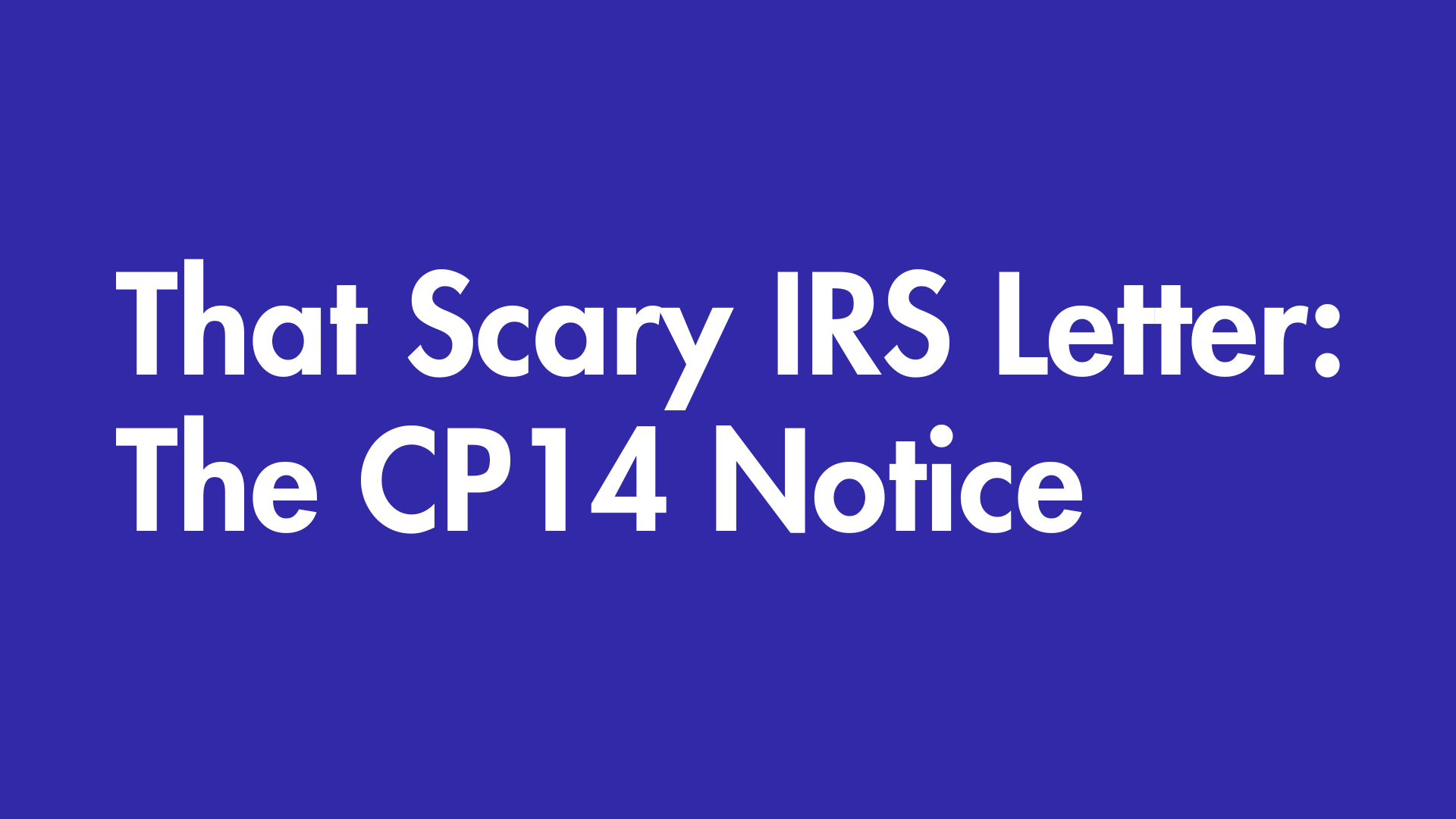How much can you afford to pay the IRS?
Facing a significant tax debt can be one of the most stressful financial situations a person can experience. The arrival of a notice from the Internal Revenue Service (IRS) often brings with it a wave of anxiety and a seemingly impossible question: How can you possibly pay this amount? Many people mistakenly believe they must pay the entire balance immediately, a prospect that can feel overwhelming and hopeless. However, the reality of tax resolution is far more nuanced and, importantly, far more humane. The central principle that governs how the IRS collects outstanding tax debt is not about demanding the impossible, but about determining a taxpayer's actual ability to pay. This article explores how payment plans and other resolutions are structured around what you can genuinely afford, providing a viable path forward for individuals and families who find themselves unable to cover their tax liabilities in full.
Deconstructing the Debt: Beyond the Lump-Sum Myth
The common misconception is that a tax bill is an inflexible, all-or-nothing demand. This belief leads many to ignore the problem, hoping it will disappear, when in fact, proactive engagement is the key to a successful resolution. The IRS has established a comprehensive framework designed to work with taxpayers, not against them. The goal is to bring taxpayers back into compliance in a way that does not cause undue financial hardship. This is achieved through various resolution options, from installment agreements to settlements, all of which begin with a detailed analysis of your unique financial picture.
At the core of this analysis is the Collection Financial Standards program. This is not an arbitrary process but a structured method the IRS uses to determine a taxpayer's ability to pay. It ensures that essential living expenses are accounted for before a monthly payment amount is decided. This prevents a situation where a taxpayer must choose between paying the IRS and paying for basic necessities like housing, food, or healthcare.
The standards are broken down into several key categories, as outlined in the table below, to create a complete and fair assessment of your monthly expenses.
| Expense Category | Description | How It's Applied |
|---|---|---|
| National Standards | Covers five necessary expenses: food, housekeeping supplies, apparel and services, personal care products, and miscellaneous items. | A standardized national amount is allowed per household size, without requiring taxpayers to prove the exact amount spent. |
| Local Standards | Accounts for housing, utilities, and transportation costs, which vary significantly by geographic location. | The allowance is typically the lesser of the actual amount spent or the established standard for the specific county and family size. |
| Out-of-Pocket Healthcare | Includes standard allowances for out-of-pocket medical expenses such as co-pays, prescription drugs, and other health-related costs. | A standard monthly amount is allowed per person, in addition to any health insurance premiums paid. |
| Necessary Expense Test | A guiding principle that defines allowable expenses as those necessary for the health and welfare of the taxpayer's family or for the production of income. | This test ensures that the expenses claimed are reasonable and essential, forming the basis for the entire financial analysis. |
Finding the Right Fit: Payment Solutions Tailored to You
Once your ability to pay has been determined, a tax resolution professional can help you navigate the various options to find the one that best suits your situation.
Installment Agreements (IA)
For those who can pay their full tax debt over time, an Installment Agreement is the most common solution. This allows you to make manageable monthly payments for up to 72 months. The key benefit is that once an IA is in place, more aggressive collection actions, such as bank levies or wage garnishments, are stopped, provided you remain compliant with the terms. For taxpayers with lower incomes, the IRS may even waive or reimburse the setup fee for the agreement.
Offer in Compromise (OIC)
In cases where a taxpayer's debt is so large that they could never realistically pay it off, an Offer in Compromise (OIC) may be a viable option. An OIC allows eligible taxpayers to settle their tax debt with the IRS for a lower amount than what they originally owed. Acceptance is based on your Reasonable Collection Potential (RCP), which is a formula the IRS uses to calculate the most it can expect to collect from your assets and future income. If your RCP is lower than your total tax debt, an OIC can provide a true fresh start.
Partial Payment Installment Agreement (PPIA)
A Partial Payment Installment Agreement (PPIA) is another solution for those who cannot pay their debt in full. With a PPIA, you make a monthly payment based on what you can afford. The IRS agrees to this arrangement even though the payments will not satisfy the entire tax liability before the collection statute of limitations expires. This provides a predictable payment structure while acknowledging the taxpayer's financial limitations.
Currently Not Collectible (CNC) Status
For individuals facing severe financial hardship with no ability to make any payments, being placed in Currently Not Collectible (CNC) status is a possibility. This essentially pauses collection efforts until your financial situation improves. The debt does not disappear, but the IRS will not actively pursue collection while you are in CNC status, providing critical relief during a difficult time.
Why Affordability-Based Plans Are Crucial
The emphasis on affordability is the most important feature of the U.S. tax resolution system. By structuring payments around your actual financial capacity, the IRS ensures that resolving your tax debt does not lead to devastating financial consequences. This approach provides a realistic and dignified path back to compliance, allowing you to meet your obligations without sacrificing your family's basic needs.
Navigating the complexities of IRS procedures, forms, and financial calculations can be daunting. Working with an experienced tax resolution firm ensures that your financial situation is presented accurately and favorably to the IRS, maximizing your chances of securing a payment plan that you can truly afford. If you are struggling with back taxes, remember that solutions exist. The first step is to understand that the system is designed to work with you, based on one simple question: How much can you afford to pay?
Dealing with the IRS
Dealing with the IRS on your own can be intimidating — and these programs, while designed to help, are filled with fine print and detailed financial calculations that can easily trip up even the most diligent taxpayer. That’s where Arch Tax comes in. Our team understands the nuances of IRS payment plans, Offers in Compromise, and hardship programs, and we know how to present your financial picture in a way that protects your interests. If you’re unsure which option fits your situation or simply want expert guidance to make sure you’re getting the best possible outcome, Arch Tax is here to help you every step of the way.









